Ivan V. Oseledets
TERM Model: Tensor Ring Mixture Model for Density Estimation
Dec 13, 2023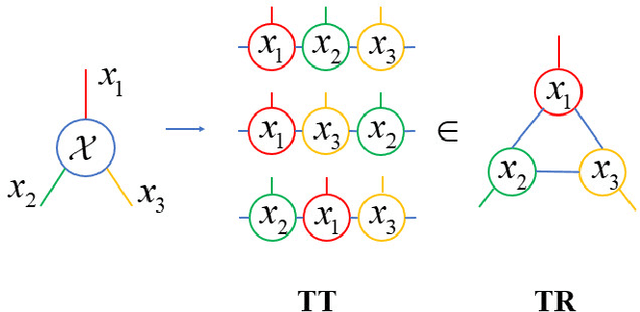
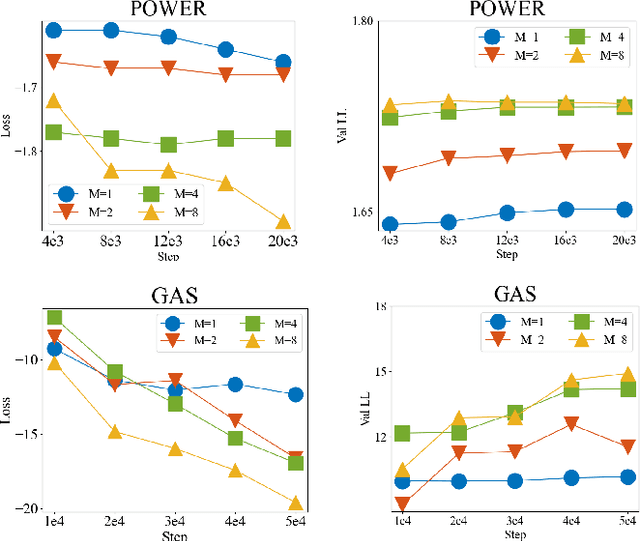
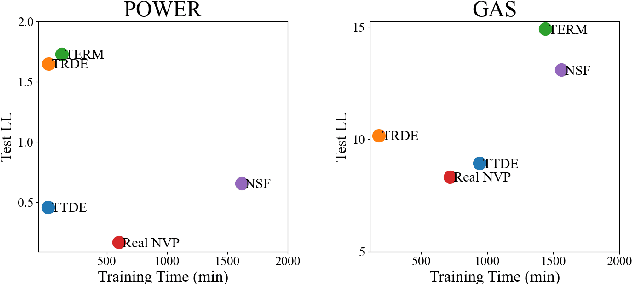
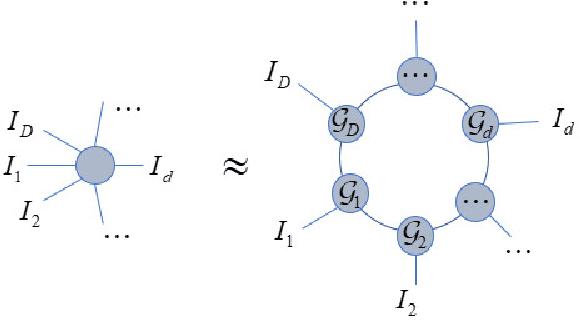
Abstract:Efficient probability density estimation is a core challenge in statistical machine learning. Tensor-based probabilistic graph methods address interpretability and stability concerns encountered in neural network approaches. However, a substantial number of potential tensor permutations can lead to a tensor network with the same structure but varying expressive capabilities. In this paper, we take tensor ring decomposition for density estimator, which significantly reduces the number of permutation candidates while enhancing expressive capability compared with existing used decompositions. Additionally, a mixture model that incorporates multiple permutation candidates with adaptive weights is further designed, resulting in increased expressive flexibility and comprehensiveness. Different from the prevailing directions of tensor network structure/permutation search, our approach provides a new viewpoint inspired by ensemble learning. This approach acknowledges that suboptimal permutations can offer distinctive information besides that of optimal permutations. Experiments show the superiority of the proposed approach in estimating probability density for moderately dimensional datasets and sampling to capture intricate details.
Tensor-Train Density Estimation
Jul 30, 2021



Abstract:Estimation of probability density function from samples is one of the central problems in statistics and machine learning. Modern neural network-based models can learn high dimensional distributions but have problems with hyperparameter selection and are often prone to instabilities during training and inference. We propose a new efficient tensor train-based model for density estimation (TTDE). Such density parametrization allows exact sampling, calculation of cumulative and marginal density functions, and partition function. It also has very intuitive hyperparameters. We develop an efficient non-adversarial training procedure for TTDE based on the Riemannian optimization. Experimental results demonstrate the competitive performance of the proposed method in density estimation and sampling tasks, while TTDE significantly outperforms competitors in training speed.
A single image deep learning approach to restoration of corrupted remote sensing products
Apr 08, 2020



Abstract:Remote sensing images are used for a variety of analyses, from agricultural monitoring, to disaster relief, to resource planning, among others. The images can be corrupted due to a number of reasons, including instrument errors and natural obstacles such as clouds. We present here a novel approach for reconstruction of missing information in such cases using only the corrupted image as the input. The Deep Image Prior methodology eliminates the need for a pre-trained network or an image database. It is shown that the approach easily beats the performance of traditional single-image methods.
Recognition of Russian traffic signs in winter conditions. Solutions of the "Ice Vision" competition winners
Sep 16, 2019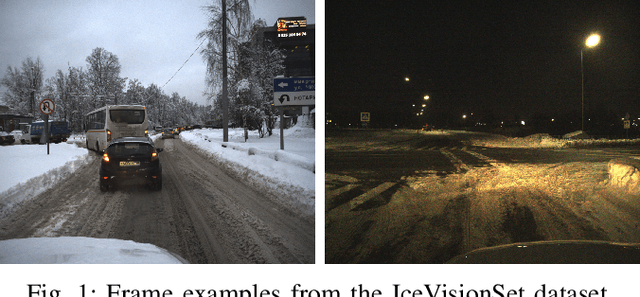
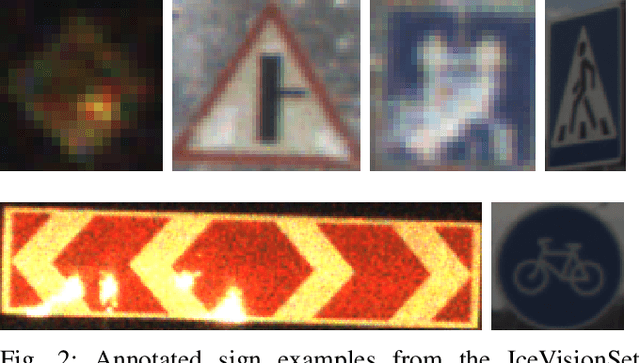
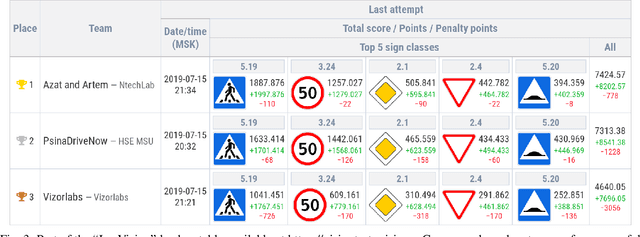

Abstract:With the advancements of various autonomous car projects aiming to achieve SAE Level 5, real-time detection of traffic signs in real-life scenarios has become a highly relevant problem for the industry. Even though a great progress has been achieved in this field, there is still no clear consensus on what the state-of-the-art in this field is. Moreover, it is important to develop and test systems in various regions and conditions. This is why the "Ice Vision" competition has focused on the detection of Russian traffic signs in winter conditions. The IceVisionSet dataset used for this competition features real-world collection of lossless frame sequences with traffic sign annotations. The sequences were collected in varying conditions, including: different weather, camera exposure, illumination and moving speeds. In this work we describe the competition and present the solutions of the 3 top teams.
 Add to Chrome
Add to Chrome Add to Firefox
Add to Firefox Add to Edge
Add to Edge